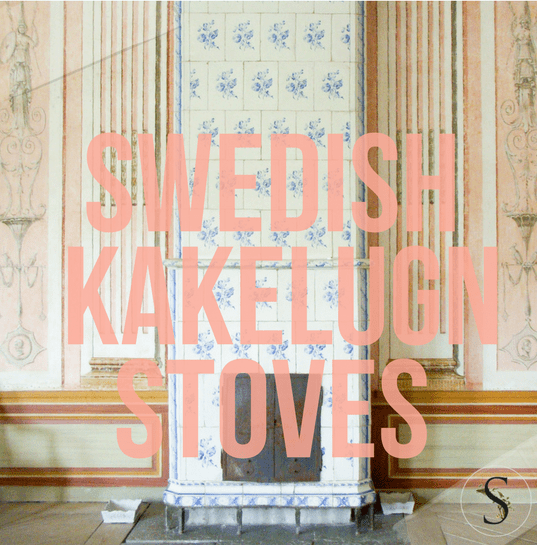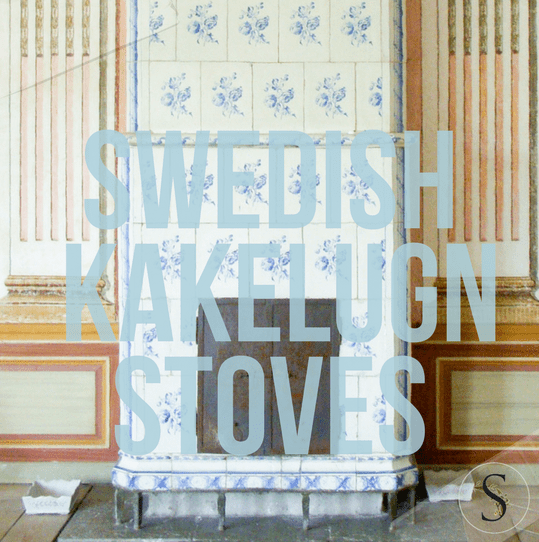The “Kakelugnar” stove is a Swedish tiled stove whose design is still in use today. This classic stove dates back to the eighteenth century, and adds a historical element to a Scandinavian room. These tile fireplaces usually resemble a column, while the shape is generally very simple. The most popular designs tend to be round or rectangular, and are generally white, and are placed either in corners or against […]

